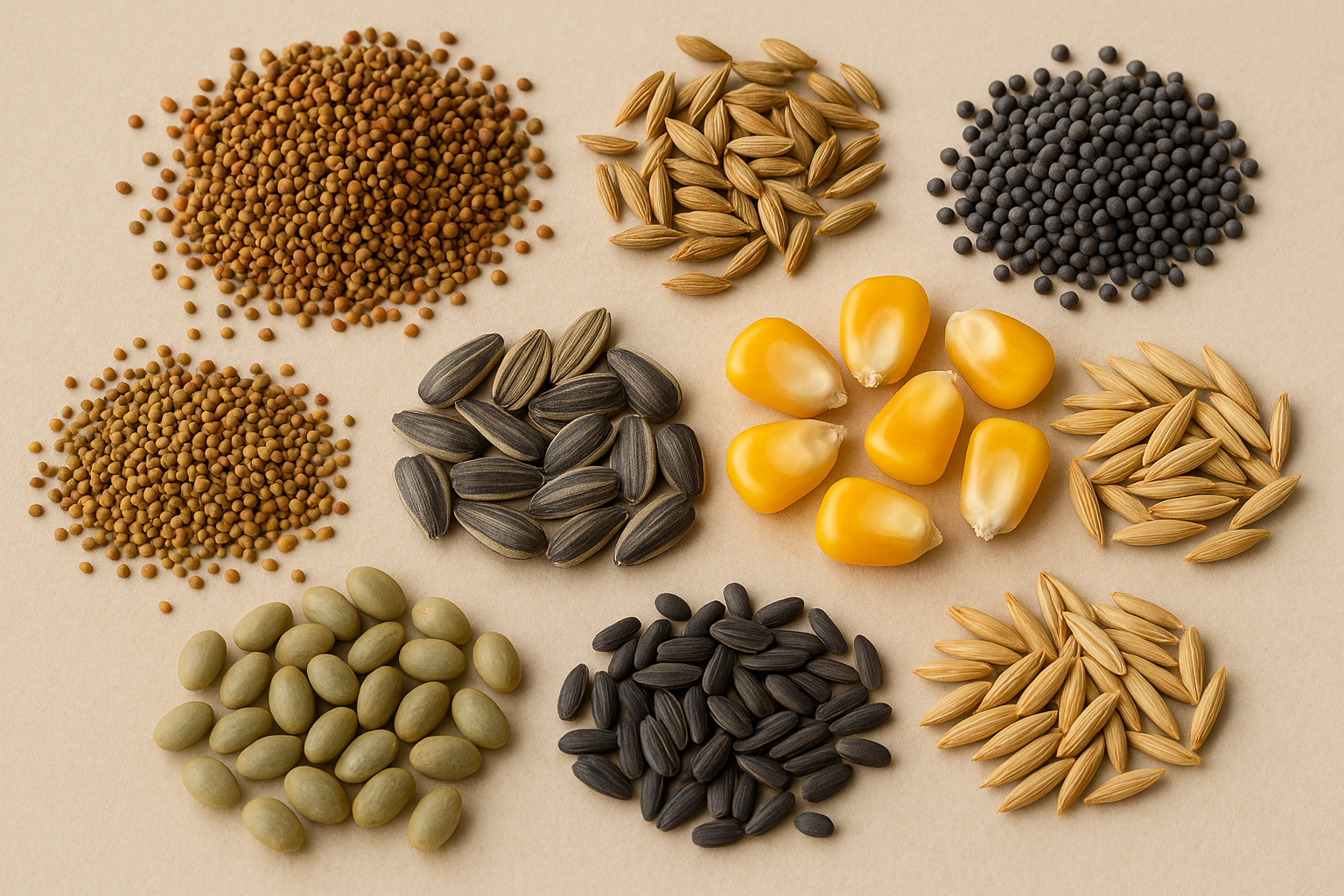Factory Ammunition Accuracy
A question I am commonly asked from my clientele is “how accurate is the rifle you are building me going to be when using factory ammunition?” My reply for decades has always been very consistent “That depends on your definition of accurate.” So what is reasonable accuracy that one should expect with factory ammo? Unless you have been living in a cave for the past 10 years and haven’t paid attention at all the over all quality of factory ammunition has never been better than it is today. The ammunition industry has gone to extremes to satisfy request from all segments the shooting public and they have done a superb job in filling these request. The menu of standard lead core jacketed bullets, select premium jacketed bullets and even mono-metal bullets that are now available is significant to say the least. If the rifle in question is chambered for cartridges such as the 270 Winchester, 30/06, 7mm Remington or 300 Winchester Magnum finding an “accurate” hunting load amongst the current factory offerings is going to much easier due to the popularity and selection of different loads available for these cartridges. Your local gun shop will certainly prove this out on their display shelves. If the rifle is chambered for the 260 Remington, 325 WSM or the 300 H&H the cross section of available ammunition becomes limited almost immediately. For the serious hunter that has no time or the desire to develop hand-loads for their rifles or is looking to add a new rifle to his battery the cartridge selection should be more carefully considered.
The process to determine the most accurate factory load in your rifle is really pretty simple. We will assume that your rifle has a reasonable trigger pull, the receiver and barrel are bedded properly, the screws are all tight, and the scope and mounts are lashed down per spec. All that is required now is a couple of trips to the range time and armful of ammunition. “Armful” you say? Yes Virginia, it may take an armful. It goes without saying that you need to choose the appropriate bullet weight for the intended game. Today the “style” of bullet I think is less critical until you get into really heavyweight animals such as elk, moose or big bears. You can start some real arguments with your buddies over bullet design, construction, etc. but at this point we’re looking for an “accurate” load in this exercise. So if deer sized game are on the agenda and we’re shooting a 7mm Remington magnum it is time to head to our local Hook & Bullet emporium to find a cross section of different brands. I suggest starting out with 4 different boxes of ammunition in the bullet weights you feel will best meet your needs for the intended game.
The next destination is the range. For this exercise a good solid bench with decent sand bags are required. The front sand bag should be placed about and inch and a half behind the front sling swivel stud. The rear bag should sit between the rear edge of the grip and the rear swivel stud. Placement of each bag is important to insure that the front swivel stud, rear swivel stud or the rear of the pistol grip is not coming in contact with the sand bags during recoil. The best groups will always occur when the rifle recoils in the same manner from one shot to the next it really is as simple as that. Select a target image that is BASIC and distinct with a center aiming point that is just large enough to be seen on either side of your reticle at 100 yards. Then carefully fire a 3-shot group from each box of ammunition you have purchased.
If your exceedingly lucky all these groups will average 1 ¼” center to center and land in about the same point of impact at 100 yards. But more than likely one group will be significantly larger than the other three and the point of impacts will be a few inches away from one another. By default one group will be the smallest. So repeat the sequence with the same ammo once again. Sometimes you’ll fire a great group right off the bat that is stellar, a real charmer, this happens at times. While encouraging it might be a FLUKE. Most great fluke groups wind up in our wallets to show our buddies but don’t represent the true average for the rifle and that ammo. Now compare the 2nd set of groups with the 1st set. Hopefully a pattern will begin to immerge. Then fire a 3rd group with the most accurate ammunition found in your testing to further confirm your findings. At this point if your rifle is shooting one brand of ammunition consistently with a group size you can live with. Call it good and head back to the dealer and buy all that remaining boxes that your wallet will allow as the factory that made it may discontinue that load if sales don’t justify it’s future on the shelves.
If you still not happy with groups in the 1” to 1 ¼” range, dust off your wallet again and purchase another cross section of factory loads. If you had originally planned to only shoot 140gr bullets and then run out of 140gr offerings without your accuracy itch sufficiently scratched then try 150gr and even 160gr bullets as these should not be overlooked in the quest for smaller groups. This process can be costly with most boxes of big game ammunition today costing on average $45.00 and up. Remember when I said that if you plan to hunt with a 300 Savage or 308 Norma Magnum at least your cost outlay for available ammunition is never going to break the bank and also may not shoot better than 2”.
This technique of elimination does work and often times you will find a factory load that will really dazzle you. Some rifles with some factory ammunition will shoot well under ½” in a tuned rifle with a good shooter on the trigger. Federal at one time offered 300 Wtby loads assembled with 200gr Trophy Bonded bullets and the Sierra 180gr Game Kings. Both these loads shot 3-shot groups just under the ½” mark in almost every rifle we chambered for the cartridge. It shot so well that Federal eventually decided to discontinue both offerings, out of spite I’m sure. Personally I’d rather have a rifle that shot a variety of ammunition into a consistent 1” group than a rifle that only shot one load into a 3/8” when used at typical hunting yardages. I have never personally missed an animal because I was using a 1 ½” rifle. I have other excuses that sound more believable.
As I type this I have just spent 4 ½ hours at the range over the last two days. The goal was to break in a new barrel and test the preliminary accuracy, as the rifle is being assembled rather than waiting for a rude surprise at the end of the project. Having been stung in the past I now prefer this method to get an idea if this or any other barrel is going to perform before the finish work is completed.
A Winchester Model 70 receiver was selected for this project. The receiver and bolt had been blueprinted to a degree that had eliminated any reasonable mechanical misalignment from the manufacture, threads re-cut in-line with the centerline of the action, lugs and lug seats, bolt face, mechanically trued etc., in other words the works. Once these operations were completed a pedigree 5 weight barrel was carefully fit and chambered to 300 Winchester Magnum. Custom scope rings had been fabricated; machined and installed truly parallel to the centerline of the action. This barreled action was then bedded into a Test fiberglass stock with the same attention to detail with the barrel floated from the receiver face forward. Our test scope was then installed and is a very reliable 16X Leupold MK-4. I bring all this to the attention of you the reader to hopefully give you the impression that most of the typical accuracy robbing variables found in some factory assembled rifles had been eliminated.
The first range session was used to break in barrel per the manufactures instructions with a mixed bag of left over ammunition from previous projects. Once the break-in procedure was complete I began shooting in earnest, conditions at the range were good and I had consumed only one cup of coffee that morning. I had nine different boxes of factory ammo with me to draw from during the barrels testing. Seven of these boxes of factory ammo were loaded with what you would call premium-hunting bullets. The other two boxes were labeled as Match Ammo. The client hoped the rifle would shoot very tiny groups with at least one of these loads, as he does not hand-load and uses only factory ammunition. Being a skeptic by nature and with my enthusiasm tempered by more than a few decades at the bench I was optimistic but had no unrealistic illusions when I took up the slack on the trigger.
I was shooting this rifle off a Hart rest with a Bunny Ear rear bag under the butt. Many shots later I had two groups from two different boxes that measured .800 center to center or just over ¾ “. The largest group recorded fell just under 2”. The compiled average for all the groups fired from the nine different factory loads was just over 1-1/8”. Most of the groups landed in the same point of impact on the target which is a plus in the event that you land in Anchorage with your rifle and your ammunition and spare socks have been sent to Cleveland. As then you are going to be buying whatever ammo you can find in town or using what has been left behind in camp and a barrel that will shoot a broad spectrum of loads into a 1-1/8” is a handy rifle to own.
I then re-shot the ammo a number of times that gave me the smallest groups to confirm that none were flukes. Despite my best efforts at both the lathe and the shooting bench there are no ½” groups recorded at this time. Is this an unusual occurrence with all the meticulous labor and select materials thrown at this project? Have I been sold a bummer barrel? No, in my humble opinion this is very acceptable and is with the majority of factory ammunition that we have tested over the years. This rifle is plenty accurate enough to be used for hunting big game anywhere in the world out to 300 yards and maybe even beyond. You give me a rifle that will shoot nine different factory loads into an1-1/8” and I will gladly use it.
The reality is there is no way for anyone to speculate on how accurate a typical factory rifle or even a custom made big game rifle will shoot with any ammunition, especially factory ammunition, trust me, your odds would be better in Vegas. However with a willingness to spend some money and some time at the bench you will more than likely be able to find a perfectly except able factory load to meet your practical accuracy needs for any hunt you have planned, the caveat being having an ample selection of different loads to try.
As stated before a surprising number of both factory and custom rifles will shoot at that magical ½” mark with factory ammunition. Sometimes you might manage groups well under a ½” for three shots with ordinary factory ammo but don’t hold your breath. Predicting the accuracy of a rifle and a factory load that will consistently turn out that level of accuracy with your favorite big game hunting bullet is a game of chance and we’re back to being in Vegas.
I often dream of the perfect accuracy scenario where all my rifles shoot ¼” with a variety of factory ammunition but then I wake up and find my coffee is cold.
Posted by Darcy Echols











Leave a comment